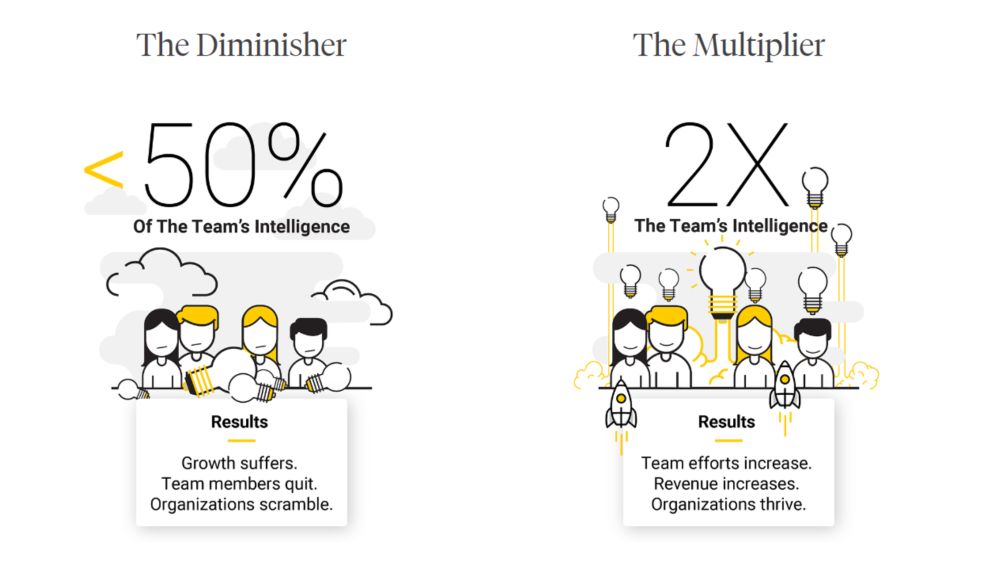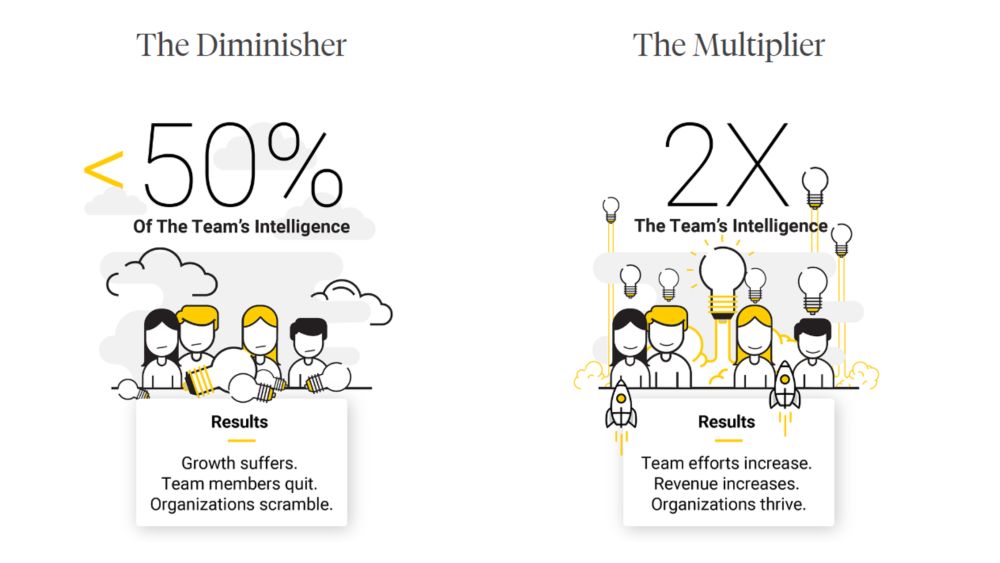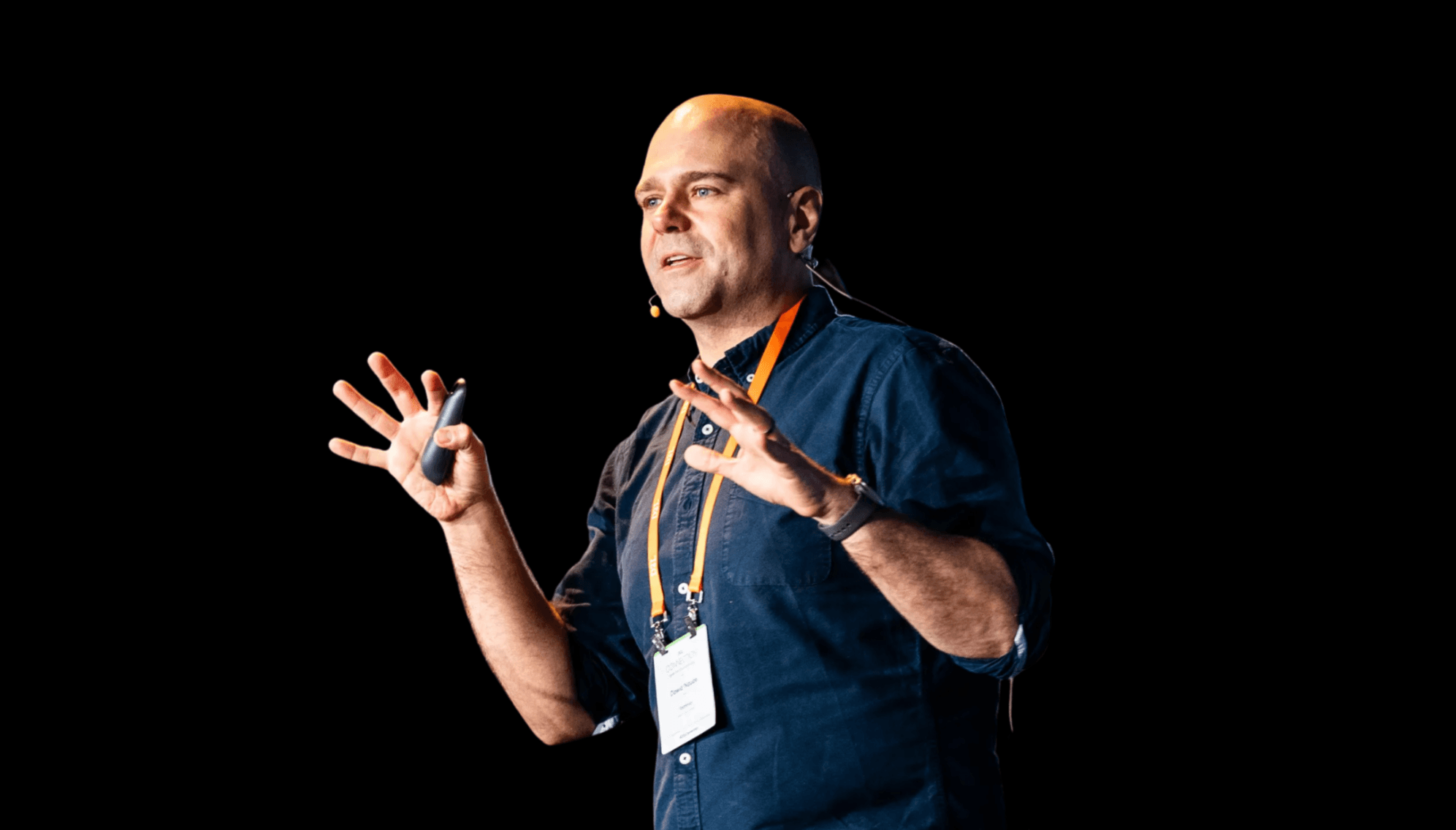Multiplier and Diminisher Traits - How Many Do You Have?
Why is it that we are smart and capable under some leaders, and not others?


Leadership
People
Upcoming Learning
Who's Up Next?We're continually sourcing the world's greatest minds for your business success, so subscribe today for event updates, business ideas, leadership tips and tools for growth.
Related Articles


